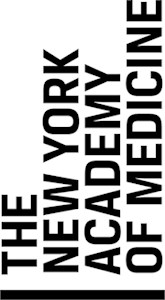
Editor’s Note: During this crisis, The Cooperator family of publications will be passing along information, tips, and FAQs submitted by our network of industry professionals, including attorneys, managers, and other subject matter experts. The views and opinions expressed are those of the contributors, and as the situation evolves in the coming days and weeks, those views and opinions may evolve as well. We encourage readers to be mindful of this; check posting dates, make note of contributors’ locations and industries, and above all, consult with your own community professionals as you and your neighbors navigate this challenging landscape.
As we shelter in place while the spread of COVID-19 continues, many of us are now asking, how can be we be of service to the older people in our lives, whether they are relatives, clients, neighbors or freinds -- while still protecting our their health and safety? It's been well documented that older adults are at higher risk for serious complications from COVID-19. We also know that social isolation among the older adult population is itself a significant threat to health and well-being -- and one that's likely to be amplified by the necessary measures put into place to slow the spread of the pandemic. These include New York State on PAUSE and Matilda’s Law, which aim to protect the state's higher-risk residents, including those age 70 and older.
The New York Academy of Medicine (NYAM)'s Healthy Aging team has developed a series of resources to provide guidance on supporting older adults in this time of need. Here are 4 things you and your community can do right now:
1. Reach Out to Your Neighbors
There are a number of easy, low-tech ways to reach out to and assist your older neighbors. We've compiled a guide to help you support older adults who live in New York City as well as around the country.
2. Use the IMAGE: NYC Map
IMAGE: NYC, the Interactive Map of Aging, can be used to identify neighborhoods with large concentrations of people who may be at higher risk of infection. We've compiled a list of maps that highlight neighborhoods with specific socio-demographic risk factors for severe COVID-19 outcomes.
3. Support Older People Without Internet Access
By providing information and resources through the telephone, mail, and home deliveries, we can help ensure that everyone is connected. This document provides guidance and resources to those who support people who do not have access to computers, smartphones, or the internet.
4. Remind Your Community to Fill Out the Census
Filling out the 2020 Census is a perfect at-home activity. We can respond online, over the phone, or by email -- all without having to meet a census worker. NYAM's “Get Out the Count” toolkit outlines strategies for developing a census outreach approach. To adjust for life amid COVID-19, the U.S. Census Bureau has adjusted its operations and timeline. Check out our first 2020 Census update here.
The Healthy Aging Team at NYAM strives to increase social, physical and economic participation and to better connect older people with information and resources. This mission has taken on new meaning in this time and has never been more important. With these action steps, we can navigate this uncharted territory together.



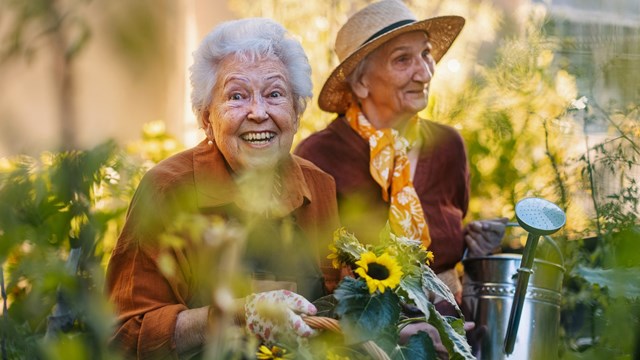
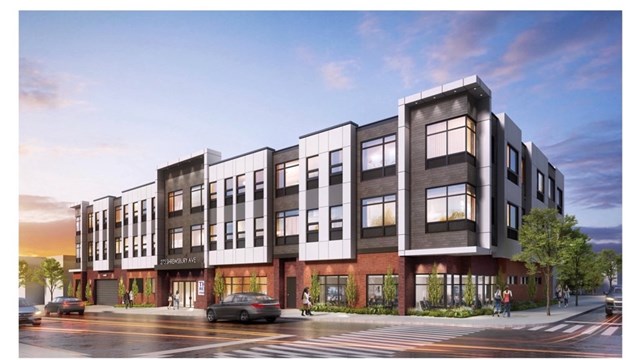

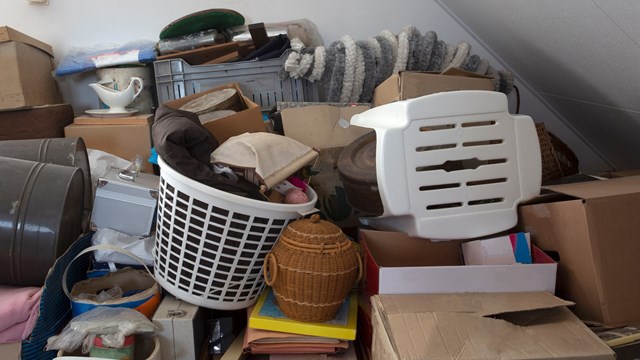
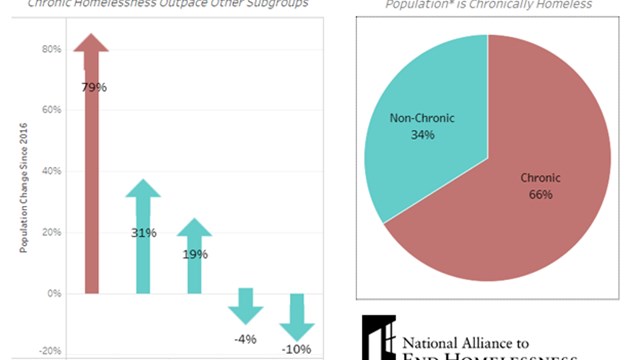
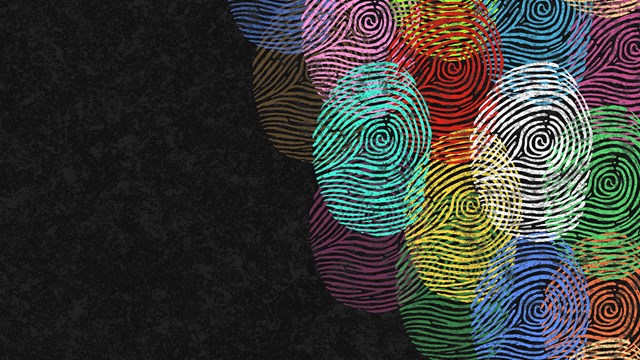
Leave a Comment